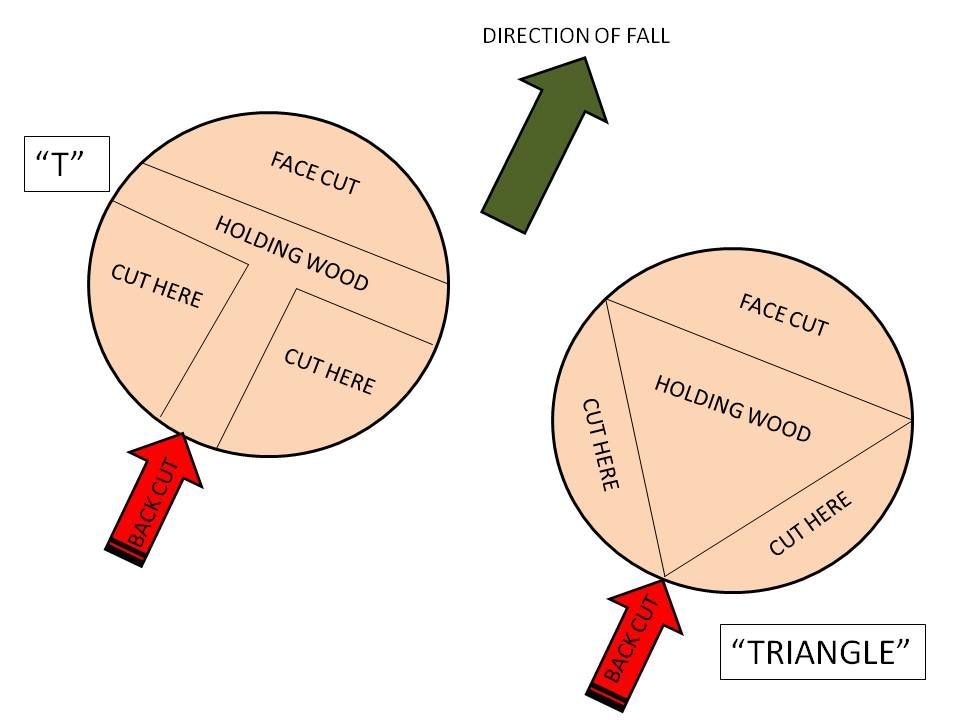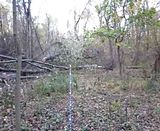Nice videos. I like to see what other cutters do and try to learn from it. Then you can apply different techniques to different situations and even different species of trees. That said I don't think I'd invest much in saw dust. For the few seconds it takes to set a wedge its worth it. It will gain you time by the end of the day.
Thank you, on the videos.
As to the sawdust deal, another cutter and I have noticed this handy little helper called sawdust in the cut, and in those few seconds that you would be getting your wedge in, I would already be out of the back and watching it fall over, as shown in the video. It does work to either slow down a pinch or stop compression enough so that with an in and out stroke to reclean out the cut, and then you are back to cutting.
In all honesty, this sawdust thing was shown to me by Bert, and he does not carry wedges, and it is extremely rare that he gets pinched, as in days and days before he gets pinched, cutting and topping, and he is a really fast cutter one of the top two in production, I know of, and every stump will be low and clean.
Notice how those chips are easily 1/2" or more sometimes 3/4" thick after the tree goes over, they spring up that much, they take up space and additionally, if you are back boring and very few chips are coming out on a 3/8" kerf, they are essentially taking up nearly the same space as before, minus the bar. Not saying for everyone to go back barring every cut just to keep saw chips in the cut, but it does work and in instances just like that tree right there, it had a lot of weight on one side, and it was dropped just a quick and safely as if it was standing up straight.
In this bottom timber that I cut, probably 1/2 of the trees I cut have a bad lean to them, pretty much just cut them like that and its not too exciting, which is a good thing.
I can see how that T and V cut might work on smaller diameter softwood where you can cut fast toward the hinge, before it barber chairs, but in most any wood that I have logged, they would not work consistently, especially that V cut, which would only work on a tree that was no bigger than the length of your bar or you couldn't cut the whole hinge as it was falling over, well if you are cutting a tree that small, it is obviously easier to just stand on one side and make your face cut and just bore through and out the back, 3 cuts, and at anytime if something was to happen and you had to stop or saw quits or anything, you can stop and your not having to speed cut to the hinge, while the tree is falling over.
Below is a video of how a bore cut can be set up and ready to go and I can stop mess around with a video camera or let a skidder go by or wait for another cutter to drop something and then get out of the way of your tree. I have setup 5+ trees before with little wind and just left a little more meat on the back strap, then after whatever situation that made me me have to wait was over, I just walk from tree to tree tripping the "back latch" and other than a little walking time, I have lost little to no production time.
This tree wanted to fall halfway between where it did fall and the camera. There was vines and branches that I didn't know if they were "loaded" or not against the trunk, so if I was T or V cutting it, I would have had to stand right next to it "racing" toward the hinge and therefore wouldn't have been 30feet away from it when it did go over. I truly don't see how the T or V is safer than the properly executed bore cut, and it isn't any faster, so while I see them as tools to know, I'm can't see many or any situations where I would pull them out of the tool bag to use over the bore cut.

Sam








